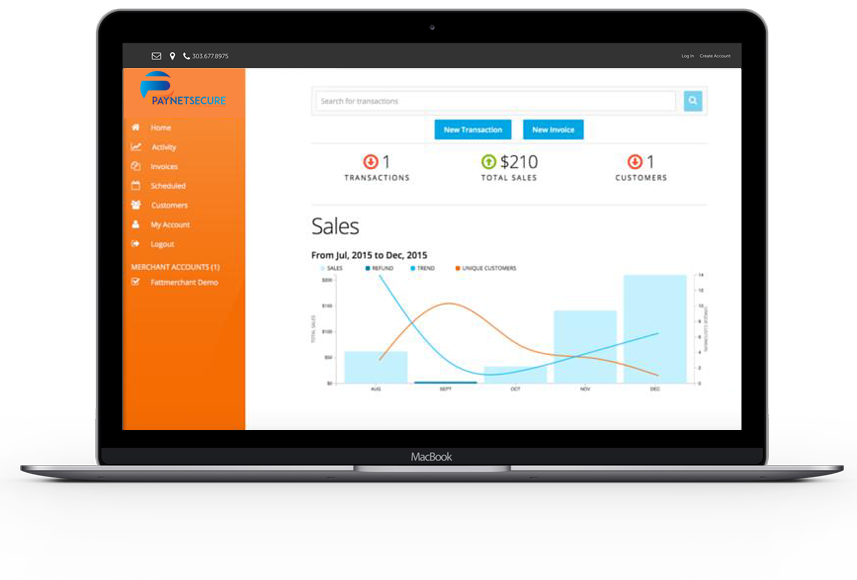Best Practices High Risk Merchant Accounts
The very nature of high risk merchant accounts makes them susceptible to chargebacks. When chargeback ratios exceed acceptable thresholds, high risk processing accounts can be jeopardized.
The importance of communication between customers and merchants cannot be be underestimated. If a consumer has any questions or issues, you want them to contact you rather than calling the issuing bank.
Here are some tips on best practices for protecting your high risk merchant accounts.
Make it Easy for Customers to Contact You
It’s amazing how difficult it can be to find emails or phone numbers on sites. Post information prominently.
Respond quickly to phone calls and emails. Some high risk merchants fear that making it too easy for a consumer to call will result in a cancelled order.
The opposite is true. Proper training of your customer service staff will leave customers with a positive experience and increase sales..
Confirm Descriptor
The descriptor what a consumer sees on the monthly credit card statement describing the purchase. Run a test transaction prior to starting to process to confirm the information is correct.
Most payment processors limit the number of characters that can be used in a descriptor. When you need to use an abbreviation due to space limitations, make sure the customer will recognize the name of your company.
Be sure a complete customer service phone number is provided. One high risk merchant account was shocked to discover that there were only 8 digits digits for a phone number, rather than 10 digits. Imagine what chaos that created.
Ongoing Customer Contact
Build relationships with customers. Communicate on a regular basis.
Keep customers updated on the status of orders. Notify customers when an order has shipped and provide a tracking number for the order.
If a product is on back order, communicate regularly with the customer and provide the opportunity to cancel the order.
Responsive Customer Service
High risk merchants are at a disadvantage when it comes to chargebacks. Even if you win a chargeback, the chargeback still remains in payment processing history. As a result, chargeback ratios will skew high and could jeopardize processing or the ability to get another account.
Strive to immediately resolve customer issues in favor of the consumer. If a customer requests a refund, issue it fast.
Don’t argue with a customer. Let them be right. It is smarter to issue a refund. Otherwise, the customer just hang up and call their bank to initiate a chargeback.
Fast Response to Chargebacks
If a customer charges back a transaction, you will be contacted and asked for information and documentation on the sale. Answer all requests promptly and provide supporting documentation.
Take advantage of “early warning” systems that notify you when a customer disputes a transaction. This gives you the opportunity to proactively refund the sale before a chargeback is issued.
Account Monitoring Proactively
Closely watch your high risk merchant account for suspicious activity. Beware of any transactions that could be fraudulent. Manually review suspicious orders and call the buyer for more information before shipping.
Learn how to use the automated fraud protection features that allow you to control your high risk processing.
- Block transactions from countries that are notorious for high levels of fraud.
- Set velocity controls on the gateway to screen out potential fraud.
- Validate each credit card transaction against a standard criteria including place of origin of the order, size of the order, referring URL and other factors that can be customized within the payment processing gateway.
Comply with the Merchant Agreement
Read the terms and conditions of the merchant agreement. Know what your processing limits are, if any, and the anticipated ticket size of an average order.
If you have any material changes on the account, contact your payment processor in advance. For example, a high risk merchant account may run an advertising campaign that will drive more volume than normal.
Banks hate surprises but are more than willing to work with you if they know in advance the reason for changes in the account.
Guard Against Chargebacks
Excessive chargebacks are the single main cause of high risk merchant account termination. To help avoid chargebacks:
- Do not complete a transaction if the authentication request was declined.
- Clearly disclose all merchant policies including merchandise returns, refunds or cancellations.
- Settle transactions and close batches daily.
- For high ticket items, require a signature upon delivery, including proof of identification from the customer.
- For recurring transactions, cancel the order immediately upon customer request. There will be a certain percentage of cards that do not go through each month because the card is no longer valid.. Automate card updates in your payment processing gateway or contact these customers to obtain a current credit card number and reauthorize recurring billing on the new card.
Conclusion
Controlling chargebacks is vital to proect your high risk merchant accounts. Follow the suggestions in this article to help you control your chargebacks.
High risk merchants need to be particularly vigilant in guarding against chargebacks. Although you can never stop all chargebacks, keeping your chargebacks low is the key to maintaining your high risk processing accounts.
Interested in protecting your high risk processing account against chargebacks?
Contact info@paynetsecure.net today
